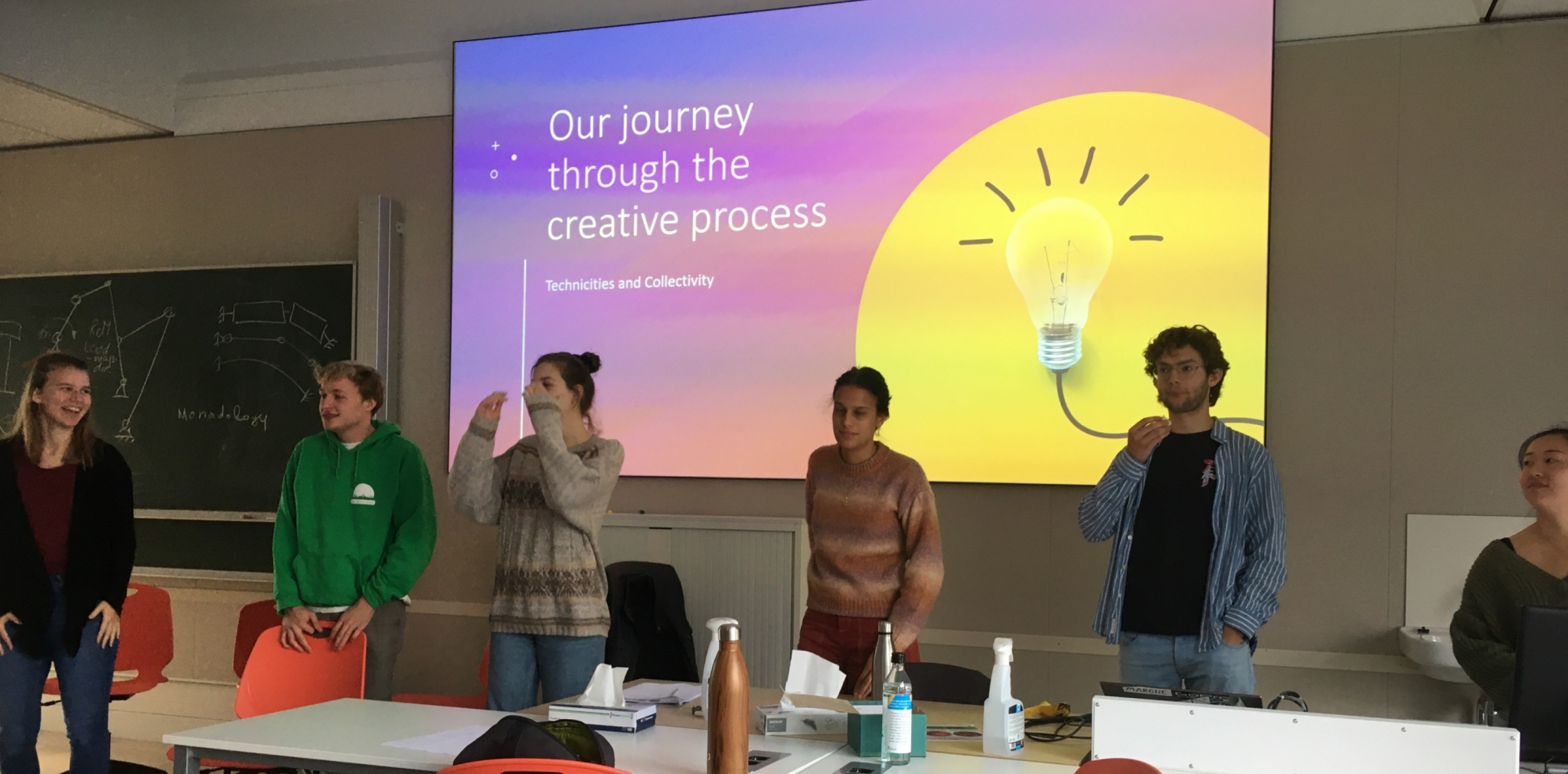
In 2021 the minor 'Modes of existence: architecture and philosophy' was launched. Lecturers from TU Delft and Erasmus University Rotterdam explain how the minor is organized and why philosophy is valuable to understand architecture better. Student Feike Smithuis explains what he found enriching from the minor and why he and his group placed a large terrarium on the Lijnbaan in Rotterdam.
How do architecture and philosophy relate to each other? "Both fields create things and are creative," says dr. Stavros Kousoulas (Assistant Professor of Architecture Philosophy and Theory at TU Delft). "Philosophy is all about creating concepts. With architecture, it's a little harder to pin that down, but in the broadest sense it's about creating experiences."
Philosophy is a way of looking at architecture more conceptually and taking it out of its comfort zone, sees colleague dr. Andrej Radman. "On the other hand philosophers sometimes risk staying at a high level of abstraction. Architects can anker things in reality. They can really make things tangible with their designs."
By sitting together with different disciplines, you learn to look at your field differently and with more imagination. This allows you to understand things in a larger context." - dr. Sjoerd van Tuinen
Many perspectives
Both teachers see architecture as a ‘bastard discipline’ that includes as many perspectives as possible. "Hardcore engineers sometimes forget that you can't find an answer to a question that isn’t properly developed. What we want to convey to students is the ability to produce problems and not to reach for solutions right away. The more disciplines you include the better," says Kousoulas. That's why the texts that we read together are not only philosophical. Also, literature from fields such as social and cognitive science is being discussed."
 "You need to be ready to process theory," emphasizes dr. Sjoerd van Tuinen (Associate Professor of Philosophy at Erasmus University Rotterdam). In the first module, there are a lot of readings, but students receive good support with that and the texts are always discussed in class. The students also write several essays. In the minor, there is a strong focus on French philosophy, with a prominent place for French philosopher Gilles Deleuze, on whom van Tuinen has obtained a Ph.D.
"You need to be ready to process theory," emphasizes dr. Sjoerd van Tuinen (Associate Professor of Philosophy at Erasmus University Rotterdam). In the first module, there are a lot of readings, but students receive good support with that and the texts are always discussed in class. The students also write several essays. In the minor, there is a strong focus on French philosophy, with a prominent place for French philosopher Gilles Deleuze, on whom van Tuinen has obtained a Ph.D.
According to the lecturer, it is valuable to bring together students from the most diverse backgrounds. Besides architecture and philosophy students, students from various social sciences and engineering programs attended the minor. One of the participants even came from the art academy. Van Tuinen: "By sitting together with different disciplines, you learn to look at your field differently and with more imagination. This allows you to understand things in a larger context."
From a gif to a dance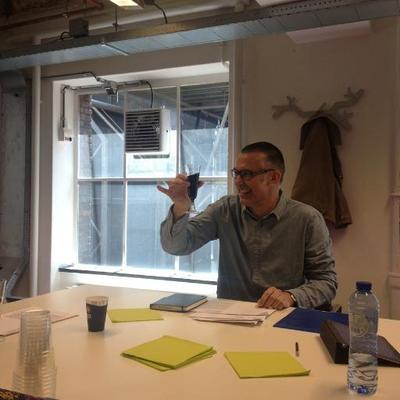
The workshops involve group work, where students have to express a concept. In one module, the end product is a gif (a moving image) and in another, the form is even completely free. It can even be a dance if that form suits you. "Students recognize that there are other forms of expression besides language," states Radman. "We do insist that students be consistent in their thinking. They complemented each other extremely well and what they came up with together was just magic."
It was nice to step out of the architecture bubble for a while and to be with students who have completely different perspectives."
A terrarium on Lijnbaan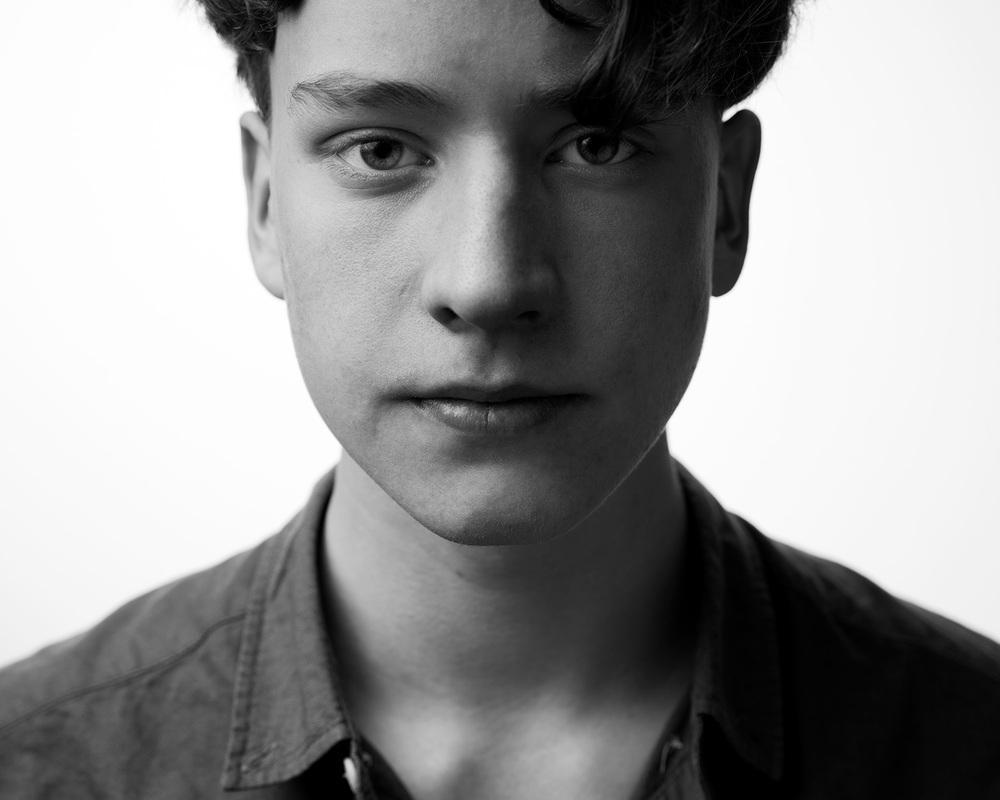
Feike Smithuis, an architecture student, made a large terrarium with his group and placed it on the Lijnbaan in Rotterdam. Through various peek holes, pedestrians were presented a dystopic image of the shopping street. "We wanted to make something physical that evoked interaction, even if only for a moment. It's basically a small architectural intervention. This was really fun to do. I also enjoyed stepping out of the architecture bubble for a while and to be with students who have completely different perspectives."
The lecturers are often asked what is the link with architecture. "We claim that architecture not only designs outdoor spaces or buildings but also ways of living. 'Modes of existence' in other words. Plural, that's important to emphasize. A building either promotes a certain way of life or blocks it," Stavros Kousoulas explains. "Think about how you design a school. It makes quite a difference whether you design a school with lots of open spaces and windows or more closed like a prison."
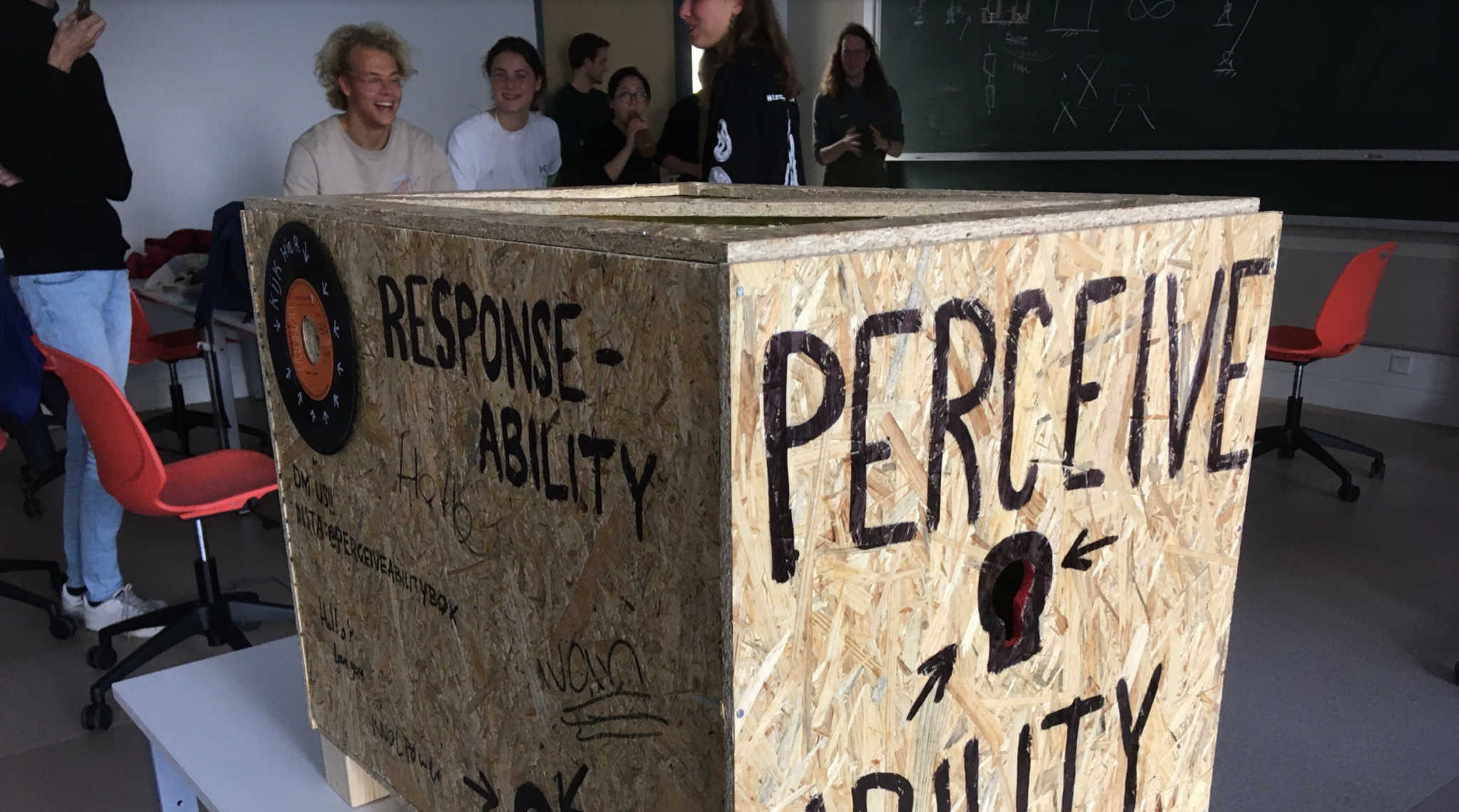
Ways of living
Feike Smithuis sees the minor as a great enrichment to his studies: "I missed a certain discussion about the meaning of what we are building. During the minor, you are given a proper framework to better understand architecture and also to better express certain feelings." What he enjoyed most was sparring with the professors who constantly challenged the students. "I found the minor really refreshing and Stavros and Andrej were super enthusiastic. It's too bad there are no recordings because otherwise, I would definitely have listened to them again."
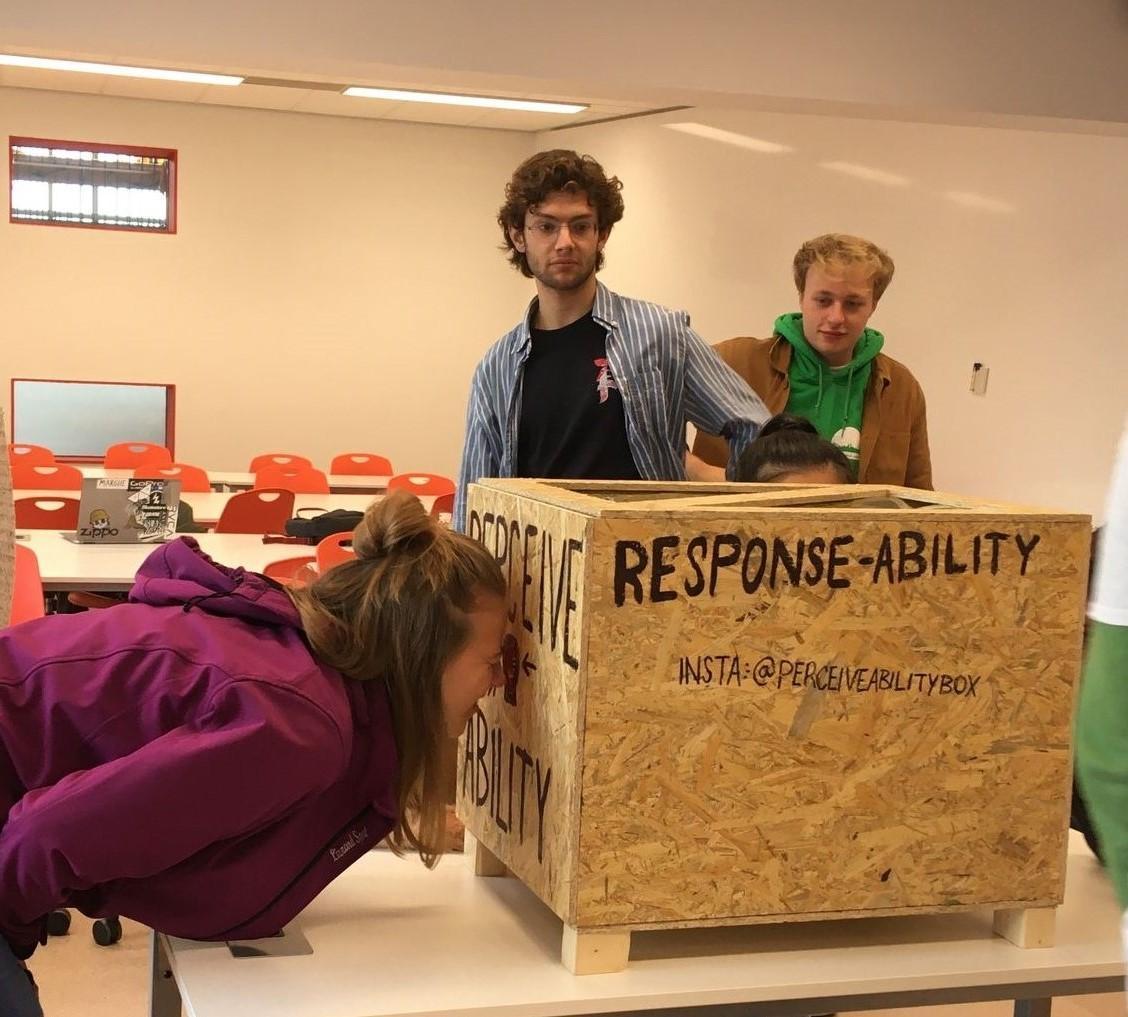 Van Tuinen from Erasmus University finds it inspirational to work with architecture students. "They bring a contagious enthusiasm and they don't stop at just bricks and concrete. The minor offers them the chance to think differently about their field and not just in terms of utility and feasibility. Taking an extra step for me is precisely the purpose of philosophy.”
Van Tuinen from Erasmus University finds it inspirational to work with architecture students. "They bring a contagious enthusiasm and they don't stop at just bricks and concrete. The minor offers them the chance to think differently about their field and not just in terms of utility and feasibility. Taking an extra step for me is precisely the purpose of philosophy.”
Text: Karst Oosterhuis



